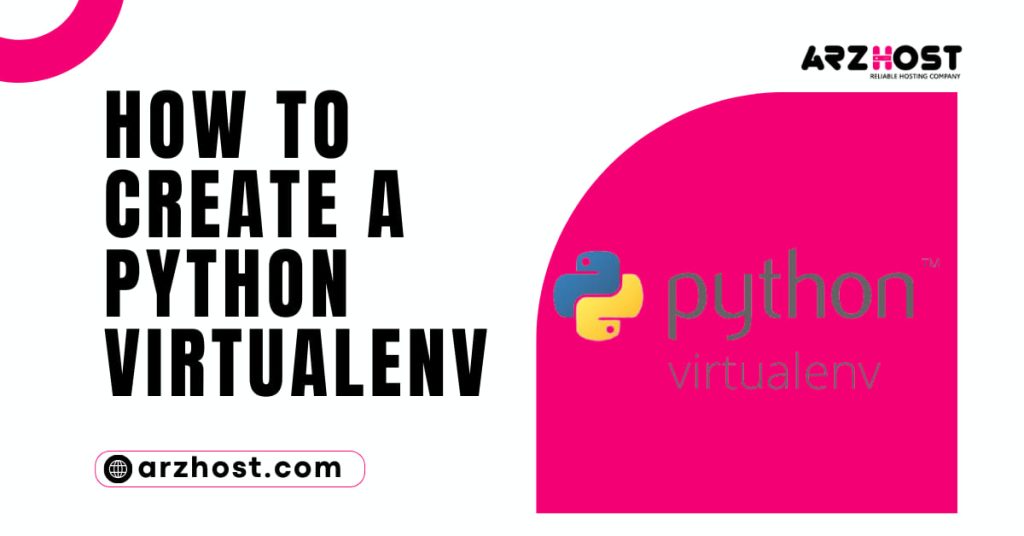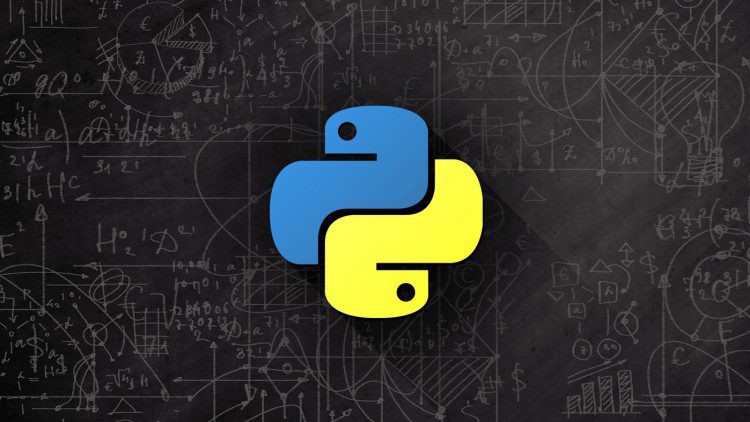Modules are automatically installed throughout Python Create New Virtualenv. If separate programs require different versions of the same module, that could become a problem. In contrast, some programming languages don’t install modules on the entire system. How to Create a Python New Virtualenv?
Think of two Python programs, one of which requires library 1.0 and the other library 2.0. This issue is cleverly resolved by a virtualenv by producing an isolated environment. Installing modules outside of the virtual environment is not possible.
Python Create New Virtualenv, you can install any module inside your environment without changing the configuration across the board.
Why is a virtual environment necessary?
Python Create New Virtualenv has its method for downloading, storing, and resolving packages, similar to other programming languages (or libraries). Every Python project you run on your computer will automatically use the base(root) environment’s default Python site packages directory. Which is linked to the main Python installation. This can be discovered by:
>>> import site>>> site. getsitepackages ()['/Users/admin/anaconda3/lib/python3.7/site-packages]
Consider a situation in which you are engaged in two machine learning projects, one of which uses Tensor Flow v1.5 and the other of which utilizes Tensor Flow v2. Python cannot distinguish between versions in the site-packages directory, therefore this would be a serious issue. The same directory with the same name would house both Tensor Flow versions 1.5 and 2.
Both projects would have to utilize the same version because there is no separation between versions. Which is undesirable in this situation. Tools for virtual environments are useful in this situation.
Python virtual environments’ primary objective is to establish a secure environment for Python Create New Virtualenv projects. Regardless of the dependencies that every other project has, each project may have its own.
A virtual environment is especially helpful if you must operate on a shared system but lack the authorization to install packages because you can do it in the virtual environment.
You may construct virtual environments in Python by using the following popular libraries and tools: virtualenv, VirtualEnvWrapper, even, and venv.
What differentiates virtualenv from VirtualEnvWrapper from even from venv?
Now here at Arzhost, we determined the difference between virtualenv, VirtualEnvWrapper, pyvenv, and venv. And guide you on how Python Creates New Virtualenv from your system.
Virtualenv:The most well-known library for creating isolate Python environments is virtualenv. Running pip install virtualenv will get you it. It functions by creating a local directory containing a replica of your Python interpreter binary (python or python3). By adding a unique bin directory prefix to the PATH environment variable, an environment can be activate.VirtualEnvWrapper:A set of extensions to virtualenv is known as VirtualEnvWrapper.You can transition between various virtualenv directories using the programs virtualenv, lssitepackages, and especially work on that are provided. If you want numerous virtualenv directories, this utility is really helpful.Pyvenv:A Python 3 library is known as event was deprecate in Python 3.6 due to its flaws.- A library called venv: is included with Python 3.3+. python3 -m venv path to new env> can be used to run. It accomplishes the same goal as virtualenv and also allows for an extension.
Given that it supports Python 2 and Python 3, Python Create New Virtualenv continues to be more widely use than venv. Beginners are generally advise to start by studying virtualenv and pip, which are compatible with Python 2 and 3. And once you start needing different tools in a variety of circumstances, get them.
Use “virtualenv” to create a virtual environment.
Set up/install virtualenv
Verify whether you have Python Create New Virtualenv
exactly virtualenv
To install it if not, type the following into your terminal.
install virtualenv with pip
Get the virtual activate successfully
Run the following command to turn on the virtual environment:
source <my_env_name>/bin/activate
Here is an example to activate the “NLP”:
⇒ PWD/Users/admin/Code/Workspace/python-venv⇒ source NLP/bin/activate⇒ which python/Users/admin/Code/Workspace/python-venv/NLP/bin/python
Deactivate the Virtual Environment
To deactivate the current environment, you can type:
Deactivate
Why Virtual Environment is Require?
Consider a situation in which a web application is host by a cloud hosting company that offers a Python Create New Virtualenv development environment. The most recent Flask web framework version can be install using a setting in the web app’s configuration. If the web application is built locally using an outdate version of the framework. There will be a version conflict when it is upload to the website since some of the modules used are no longer support by more recent Flask versions.
Using a virtual environment, the aforementioned scenario can be resolve. By using a virtual environment, it is possible to segregate several Python Create New Virtualenv development environments. An isolate Python installation that enables managing dependencies and working on distinct Python projects without affecting other projects is referr to as a virtual environment in this context.
When a virtual environment is form, it separates the global Python folder from any other virtual environment. Its copies Python into that folder along with a few other folders, including a site-packages folder. Virtual machines require the installation of a third-party program named virtualenv for earlier versions of Python. It is include in more recent versions of Python3 as the venv module. Click here to learn more about virtualenv.
Related Article
- python 3 install pip3
- python activate virtual env
- python3 creates virtual env
- Create Virtual Environment Python 3
- Make Virtual Env Python3













